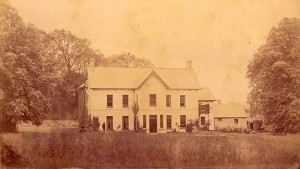
Moyaliffe Castle
Moyaliffe Castle became the home of the Armstrong family in c. 1695, when Thomas Armstrong (1671-1741) purchased the townland and the ruins of a towerhouse which had been built here by the Butler family in the early fourteenth century. Thomas was the younger son of Captain William Armstrong of Farney Castle who had come to Ireland to fight for the royalist cause in the Irish Confederate Wars. The Armstrongs were of Scottish origin and are said to have derived their name during the Battle of the Standard (1138), when a warrior of the clan lifted a fallen king back onto his horse by using just one arm. The family motto, vi et armis invictus maneo (‘by force and arms I remain unvanquished’), reflects the fearless and warlike nature for which the clan was famous.
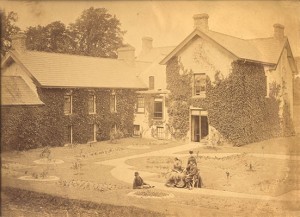
Moyaliffe Castle, c. 1870s
The Moyaliffe branch was rather more peaceful in its inclinations. While many men of the family continued the tradition of serving in the army, equally many took to the cloth and served as clergymen in parishes in Tipperary and elsewhere. William ‘Billy’ Carew Armstrong (1752-1839) served as rector of Moyaliffe from 1789 to 1797. He also held the rectorship of Moylough in the diocese of Tuam, County Galway, and the chancellorship of the diocese of Cashel, County Tipperary, probably owing to the influence of his father-in-law, William Beresford (1743-1819), first Baron Decies, who was appointed Archbishop of Tuam in 1794. Billy’s marriage to Catherine Beresford in 1789 was not only good for his career but brought money into the family, allowing Billy to improve the holding at Moyaliffe. He extended the modest family home by the addition of a Georgian wing, planted parkland of oaks and beeches and established a beech walk overlooking the Clodagh River, which crosses the townland diagonally. As a result of this prosperous marriage, many subsequent generations carried ‘Beresford’ as their middle name.
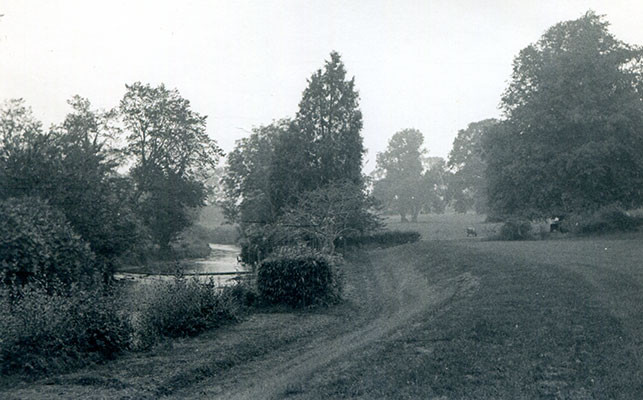
Moyaliffe Castle grounds with Clodagh River
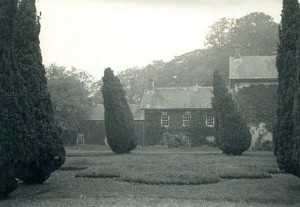
Moyaliffe Castle grounds
Billy’s eldest son, John Armstrong (1791-1846), also married well. His wife, Catherine Somers, was the only surviving child of Thomas Somers of Chaffpool, County Sligo. Through this marriage, the Armstrongs came into possession of estates in Mayo and Sligo, and for many decades the family abandoned Moyaliffe Castle in favour of Chaffpool House. John was a much-liked landlord and highly respected magistrate, and the local community were devastated to hear the news of John’s premature death during the famine from typhus fever he had contracted while working tirelessly to ease the suffering of the poor and the starving.
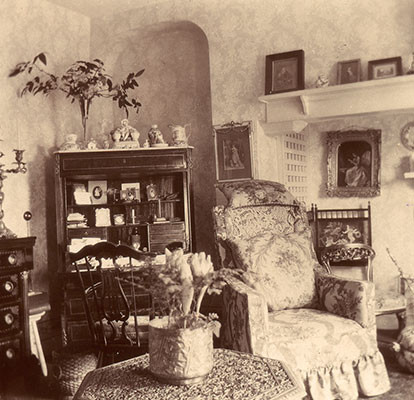
Corner of drawing room, Moyaliffe Castle
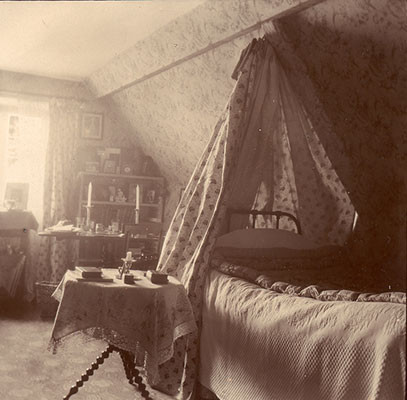
Jess Armstrong’s bedroom, Moyaliffe Castle
Although John had a large family of 12 children, he only had one grandchild who died in 1854 aged just 4. The estate began to pass from brother to brother and in 1864 became the property of Captain James Wood Armstrong, the fifth of John’s seven sons. James took a renewed interest in the Moyaliffe estate and enlarged the family home by the addition of a Victorian façade which characterises the house today. His younger brother, Captain Edward Marcus Beresford, veteran of the Crimean War, succeeded to the estate in 1889 and died at Moyaliffe Castle in 1899. As he had no children, Moyaliffe Castle and Chaffpool House passed to Edward’s first cousin once removed,
Captain Marcus Beresford Armstrong.

Rear and cobbled yard of Moyaliffe Castle
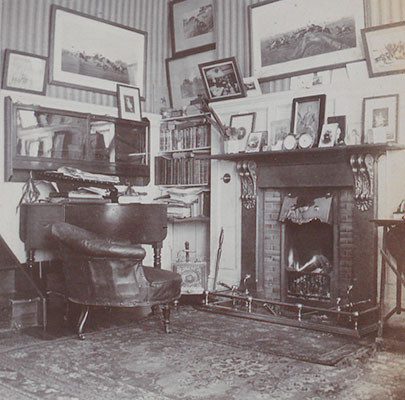
Smoking room, Moyaliffe Castle








